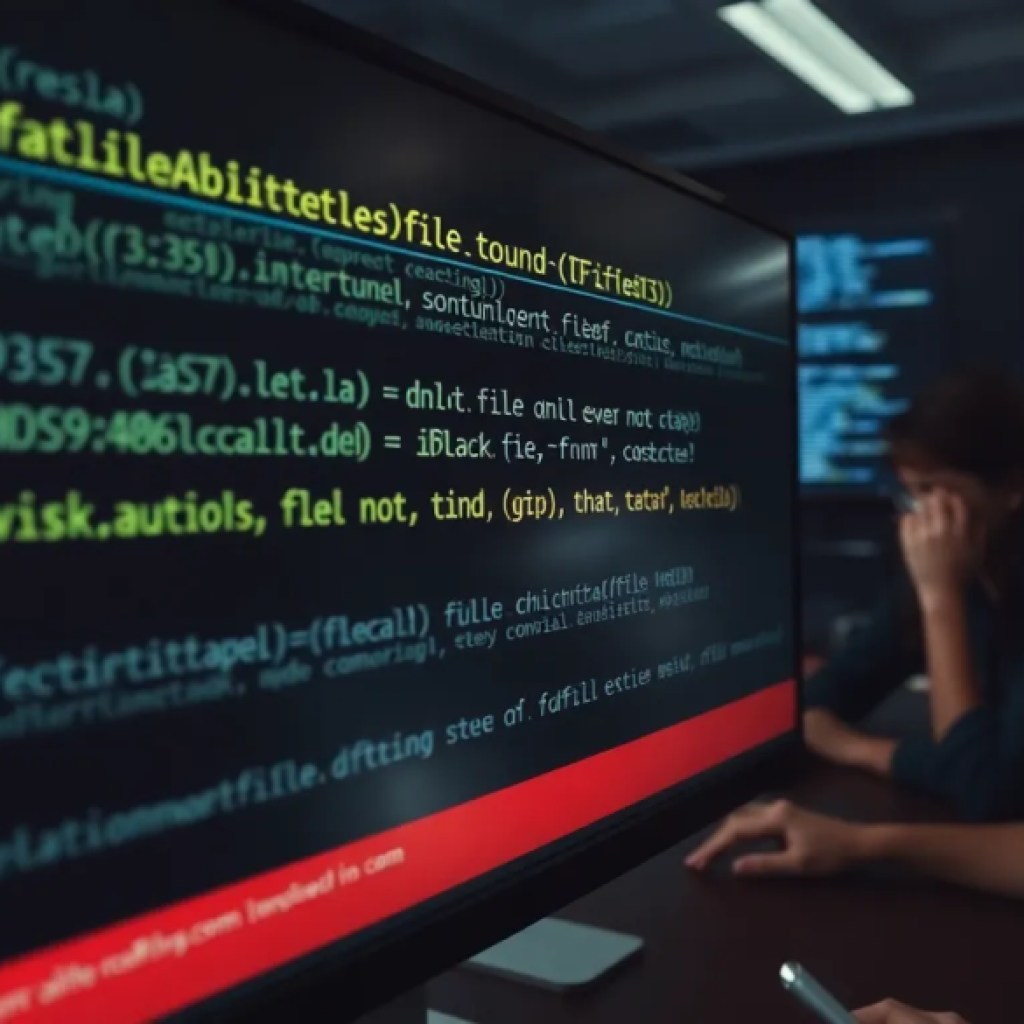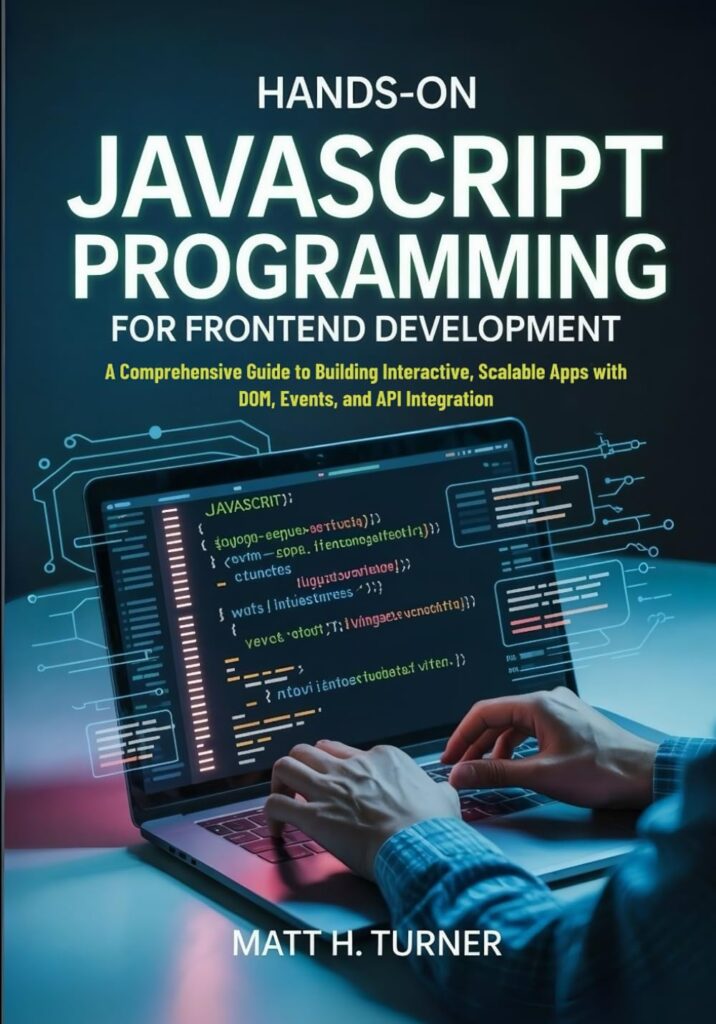
When it comes to stopping a program, especially a long-running one, the civilized way is to handle it gracefully. You don’t want to just kill a process; you want to give it a chance to clean up after itself. This could mean closing files, releasing resources, or saving the state of the application. In Python, that is often achieved using a combination of signals and exception handling.
Using the signal module is the key here. You can set up handlers that allow your program to catch signals like SIGINT (sent when you press Ctrl+C) and SIGTERM (the default termination signal). Here’s a simple example:
import signal
import time
def signal_handler(sig, frame):
print("Caught signal: ", sig)
# Perform cleanup here
exit(0)
signal.signal(signal.SIGINT, signal_handler)
signal.signal(signal.SIGTERM, signal_handler)
print("Press Ctrl+C to stop the program.")
while True:
time.sleep(1)
This code sets up a basic signal handler that catches termination signals and allows you to perform any necessary cleanup before exiting. It’s a civilized way to handle program termination instead of abruptly killing the process.
Another approach is to use a flag variable, which can be checked regularly in your main loop. This method is particularly useful in cases where you might not want to rely solely on signal handling:
import time
stop_program = False
def main_loop():
global stop_program
while not stop_program:
print("Running...")
time.sleep(1)
def stop():
global stop_program
stop_program = True
try:
main_loop()
except KeyboardInterrupt:
stop()
In this example, the main loop checks the value of stop_program to decide when to exit. This allows for a more controlled shutdown process. You can trigger the stop function from anywhere in your code, making it flexible and robust.
It’s important to remember that a program can often be interrupted at any point. Therefore, using try-except blocks or signal handlers to manage exceptions and clean up resources is a best practice. The goal is to ensure that no matter how your program is stopped, it leaves the system in a stable state.
As you implement these techniques, think about how your program interacts with the operating system and other resources. A well-behaved program is one that respects its environment and exits gracefully, even when the user decides to pull the plug unexpectedly. That’s not just about politeness; it’s about maintaining the integrity of your application and the user experience.
Moving on to the next topic, think how tools designed for scripts differ from those intended for libraries. Understanding this distinction can significantly influence how you structure your code and what tools you choose to utilize…
Now loading...
A tool for scripts not for libraries
When you’re writing a piece of code, one of the first questions you should ask yourself is, “Is this a script, or is this a library?” The answer has profound implications for how you should write your code. A script is a top-level program, an application that a user runs directly from the command line. A library is a collection of functions and classes meant to be imported and used by other programs, including scripts. The fundamental difference is about who is in control. A script is in control of the process. A library is not; it’s a guest in someone else’s house.
This is why tools like Python’s argparse module are fantastic for scripts but an absolute disaster inside a library. Let’s say you have some logic to process a file. The right way to structure this is to separate the core logic from the command-line interface. The core logic belongs in a function that could be part of a library, and the command-line parsing belongs in the script part of your code.
import argparse
import sys
def process_file(file_path, verbose=False):
"""
This is our 'library' function. It is clean.
It takes simple arguments and has no concept about the command line.
"""
if verbose:
print(f"Starting to process {file_path}")
try:
with open(file_path, 'r') as f:
# Imagine complex processing here
content = f.read()
print(f"File '{file_path}' has {len(content)} characters.")
except FileNotFoundError:
# It communicates errors by raising exceptions.
raise ValueError(f"Error: File not found at {file_path}")
def main():
"""
That's our 'script' function. It handles the user interface.
"""
parser = argparse.ArgumentParser(description="A simple file processing script.")
parser.add_argument("filepath", help="Path to the file to be processed.")
parser.add_argument("-v", "--verbose", action="store_true", help="Enable verbose output.")
args = parser.parse_args()
try:
# The script calls the library function with parsed arguments.
process_file(args.filepath, args.verbose)
except ValueError as e:
print(e, file=sys.stderr)
sys.exit(1)
if __name__ == "__main__":
main()
See the clean separation? The process_file function is perfectly reusable. You could import it into a web application, a GUI tool, or a unit test, and it would work just fine. It takes its arguments directly and raises an exception on failure. The main function, guarded by the if __name__ == "__main__": check, is the application layer. It’s responsible for parsing command-line arguments and handling the exceptions thrown by the library code. It’s the part that decides that a ValueError from the library means the script should exit with a status code of 1.
Now imagine the wrong way. What if you put the argparse code inside the process_file function? The function would no longer be reusable. If you tried to call it from a unit test, the test would fail because argparse would try to parse the command-line arguments passed to the test runner, not the arguments you intended for the function. Your function is now tightly and incorrectly coupled to a single context: being run from the command line.
The same principle applies with even more force to calling sys.exit(). A library should almost never, ever call sys.exit(). Calling sys.exit() immediately terminates the entire Python process. If your library function does that, it rips the control away from the application that called it. The application might have had crucial cleanup code to run—closing database connections, deleting temporary files, updating a status—but your library function just killed everything without asking. That is not polite. It’s actively hostile. The correct way for a library to signal a fatal error is to raise an exception. This gives the calling application the information it needs to decide for itself whether to terminate.
import sys
# ANTI-PATTERN: A library function this is a control freak.
def bad_library_func():
print("Something went wrong! Terminating program.")
sys.exit(1)
# GOOD PATTERN: A library function that informs, not commands.
def good_library_func():
raise RuntimeError("Something went wrong!")
# The application code that USES the library.
# It is in control.
try:
good_library_func()
except RuntimeError as e:
print(f"Caught an error from the library: {e}")
print("Application will now decide to exit gracefully.")
# ... perform cleanup ...
sys.exit(1)
This principle extends to other global configurations as well, like logging. A script, as the main entry point, is responsible for setting up the application’s logging configuration (e.g., setting the level, format, and destination for logs). A library, on the other hand, should never do this. It should simply request a logger, typically with logging.getLogger(__name__), and use it to log messages. If a library configures the root logger, it can override or interfere with the application’s own logging setup, causing messages to be lost or formatted incorrectly. The rule of thumb is clear: if it affects the whole process, it’s the script’s job. If it’s a self-contained piece of logic, it’s a library’s job.
Source: https://www.pythonfaq.net/how-to-terminate-a-python-script-with-sys-exit/





